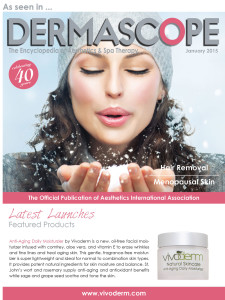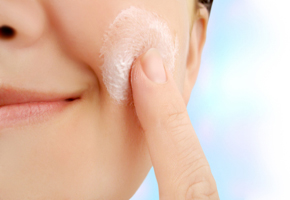
Aloe Vera Uses and Benefits for Skincare
Aloe vera has been celebrated for its medicinal and cosmetic properties since ancient times. Dating back to Egyptian civilization, it was revered as the “plant of immortality” and used in embalming rituals and beauty treatments by queens like Cleopatra. She regarded aloe vera plant as her beauty secret. Legend states that the Pharaoh kept the Aloe as a palace plant, assigning it a very high status. Drawings of the aloe plant have been found inscribed in the tombs of the pharaohs.
In ancient Greece and Rome, aloe vera was employed for its healing abilities, treating wounds, burns, and various skin ailments. Traditional Chinese and Indian Ayurvedic medicine also recognized aloe vera for its cooling and anti-inflammatory effects, utilizing it to soothe skin irritations and support digestive health.
Dr. Adhami understood Aloe vera to be one of the great skin healers, and a natural remedy for enhancing health and beauty across diverse cultures. He integrated aloe vera into many of the Vivoderm products, capitalizing on its moisturizing, soothing, anti-aging, and healing properties.
Aloe Vera as a Base Ingredient
Vivoderm uses aloe vera as a primary ingredient in many of its skincare formulations. Aloe vera’s natural hydrating and soothing properties make it an ideal base for our moisturizers and masks, ensuring that each product delivers maximum hydration and healing to the skin. Aloe’s ability to penetrate the water-retaining layer of skin allows the enzymes within the gel to slough off dead cells, which aids in restoring the complexion. Aloe nourishes the skin, increasing the formation of collagen and elastin, and stimulating the regeneration of damaged tissue.
Hydrating Moisturizers
Vivoderm’s Intense Moisturizer features aloe vera to provide deep hydration for up to 12 hours. This moisturizer is perfect for those with extremely dry, chapped or rough skin – keeping the skin soft, supple, and well-nourished throughout the day. Dr. A has also infused our decadent Anti-Wrinkle Eye Cream with a base of Aloe vera and Beta Carotene for soothing wrinkle reduction without irritation.
Soothing and Healing Creams
For those with sensitive or irritated skin, our Anti-Aging Daily Moisturizer is a lighter, water-based cream enriched with aloe vera to help to calm redness, reduce inflammation, and promote faster healing of minor skin irritations, such as sunburn, rashes, or insect bites.
The anti-aging benefits of aloe vera are also numerous! The vitamins and antioxidants in aloe vera help to boost collagen production, improve skin elasticity, and reduce the appearance of fine lines and wrinkles. These formulas aim to give users a more youthful and radiant complexion.
Acne Treatment Solutions
Aloe vera’s antimicrobial and anti-inflammatory properties make it a key ingredient in our Anti-Acne Herbal Mask. It’s great to help fight acne-causing bacteria, soothe inflamed skin, and prevent future breakouts, all while being gentle and non-irritating. Salicylic acid is a well-documented acne treatment, and is naturally occurring in aloe vera. Using aloe to treat acne is also an excellent choice for people with sensitive skin.
Brightening and Even-Tone
Aloe vera helps to brighten even skin tone and reduce the appearance of dark spots and blemishes, giving the skin a more uniform and glowing appearance.
Cleansing and Toning
The Vivoderm rosemary and chamomile cleanser and green tea facial toner includes aloe vera to provide a gentle yet effective cleanse. Using Aloe vera in the formula, helps to remove impurities and excess oil from the skin while maintaining its natural moisture balance, leaving the skin clean and hydrated.
Herbal Facial Masks
Vivoderm’s 100% herbal masks also feature dehydrated aloe vera extract to provide a soothing and hydrating experience. As the herbal masks can be custom-blended, one of Dr. Adhami’s recommendations is to use Aloe vera gel to mix the mask powder to apply to skin as a paste. Aloe vera gel can super-boost the mask healing properties with acne-fighting salicylic acid and help reduce the signs of aging by naturally boosting collagen – leaving the skin revitalized and rejuvenated.
You can see just how multi-functional in miraculous Aloe Vera is!

Aloe Vera Plant
Benefits of Aloe Vera for Skin Care Bullet Points:
- Moisturizing: Hydrates skin without making it greasy, suitable for all skin types.
- Soothing and Healing: Calms irritated or sunburned skin, reduces inflammation.
- Anti-Aging: Improves skin elasticity, promotes collagen production, reduces fine lines and wrinkles.
- Acne Treatment: Antimicrobial properties help treat acne, reduce redness and swelling, prevent acne scars.
- Skin Brightening: Lightens blemishes and dark spots, evens skin tone, enhances natural glow.
- Wound Healing: Speeds up the healing process for minor cuts, burns, and abrasions.
- Rich in Nutrients: Contains vitamins (A, C, E, B12), minerals (calcium, magnesium, zinc), and antioxidants.
- Non-irritating: Safe for sensitive skin, relieves conditions like eczema and psoriasis.
- Anti-inflammatory: Soothes skin conditions, reduces itchiness and irritation.
How to Use the Aloe Vera Plant for Skin Care
As well as being an attractive plant for your home or garden, Aloe Vera is a powerful medicinal herb to have on hand for DIY skincare, mild sunburns and cuts or scraps, etc.
To use aloe plant leaves, cut off a small leaf of the aloe vera plant about as long as your index finger. Make a slice length-wise down the leaf to expose the aloe and apply to the skin. If you are using the aloe for a wound you can cover the wound with gauze and tape. NOTE: There are two schools of thought out there currently that using the leaf directly on the skin can be more irritating or harmful than extracting the gel and using a dilution. Always do a patch test first.
How To Harvest Aloe Vera Gel
Harvesting aloe vera gel is a pretty easy task. You’ll want to take aloe from a well-established plant that is at least a few years old. Choose large thick leaves that are growing at the base of the plant.
Cutting Tips:
When cutting a leaf from the aloe vera plant pick one that is closer to the base of the plant. This will help with the yield of the plant and the aloe is much better from the mature part of the plant. You’ll get the most bang for your nutrient buck if you take your cuttings as close to the central stalk as possible.
Cut your leaves using a clean knife or scissors.
Tearing the leaves off can damage the plant, and using a dirty pair of scissors or knife can contaminate and infect your lovely aloe. This little precaution will leave you with a healthy aloe plant to harvest from for years to come. A small paring knife, or even better, a filet knife works well to remove the skin from your aloe. You’ll want your knife to be good and sharp for a clean cut. After you have cut your leaves, you’ll need to put them in a jar or glass, cut side down to drain.
CAUTION! Aloe contains a yellow-ish latex substance called aloin, which can cause severe gastric distress if you ingest it. Let the aloe drain for about 10-15 minutes and then rinse your leaves off with cold water and pat dry.
If you are planning on using the aloe on your skin, you can squeeze it out of the leaf and apply it directly. To get at the aloe vera gel, you’ll want to cut the skin away.
You’ll notice one side of the leaf is more rounded, and the other side is flatter. Put the flat side down and use your knife to trim away the spines, keeping as close to the edge as possible. You don’t want to lose any of that aloe-y goodness!
Flip your leaf over and trim the flat outer skin from your stalk, again keeping your cut as close to the skin as possible. It’s just like filleting a piece of chicken or fish.
Now you can trim the skin away from the other side. Be careful as it gets a little trickier to do at this point. The aloe vera gel is very slippery. You will have a pretty substantial chunk of aloe gel. You’ll need to rinse it again to remove any remaining aloin.
You must use aloe vera right away… do not cut a leaf off until you need it!
If you want to save a piece simply wrap it in plastic wrap and put it in the refrigerator; it will keep for a few days. You can also freeze the gel into ice cube trays for single-use applications like sunburns or insect bites. (For serious burns and wounds always seek professional help first).
And that’s it! There are so many wonderful and diverse ways to use Aloe vera! We hope you try them all.
By incorporating aloe vera, Vivoderm ensures that our skincare treatments not only treat specific skin concerns but also promote overall skin health and beauty, provide natural hydration, anti-aging solutions, acne treatment and offer a natural and effective approach to achieving radiant and healthy skin.


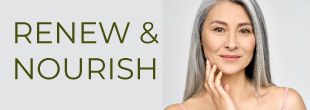
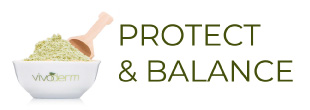
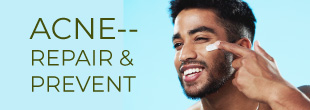
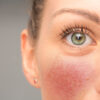
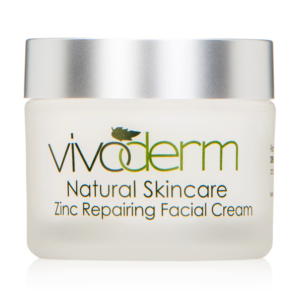
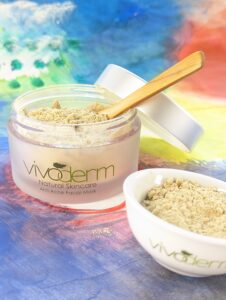

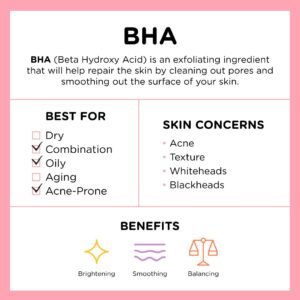


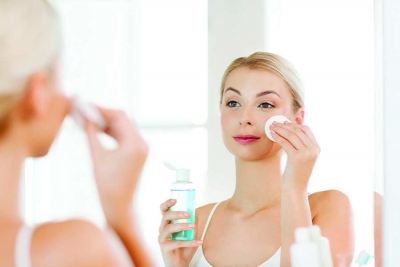
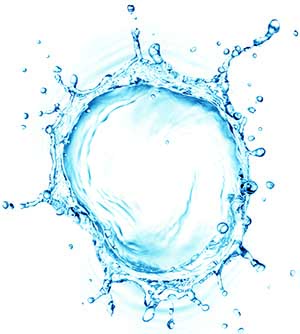
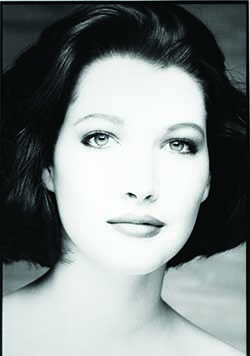 Rachelle Dupree has over 20 years of experience in marketing, media, and communications. She earned a bachelor’s degree in communication arts and marketing and a second degree in graphic design. She studied with a Denver-based herbalist and naturopath for four years, combining her marketing knowledge with her love of natural remedies. She currently contracts as a marketing and communications director for Vivoderm Natural Skincare and various design clients.
Rachelle Dupree has over 20 years of experience in marketing, media, and communications. She earned a bachelor’s degree in communication arts and marketing and a second degree in graphic design. She studied with a Denver-based herbalist and naturopath for four years, combining her marketing knowledge with her love of natural remedies. She currently contracts as a marketing and communications director for Vivoderm Natural Skincare and various design clients.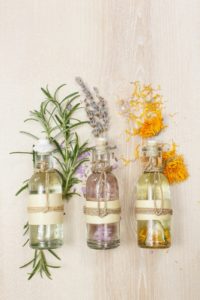
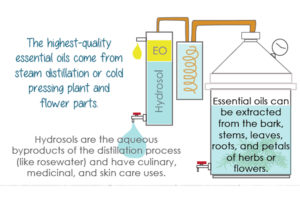
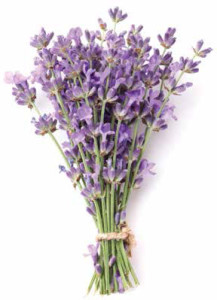
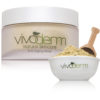

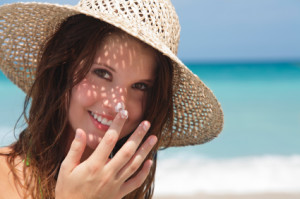
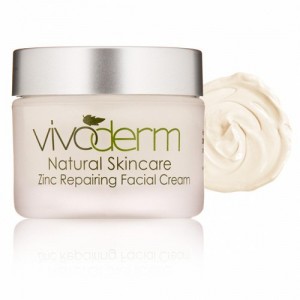
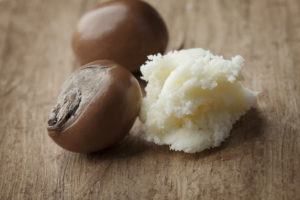
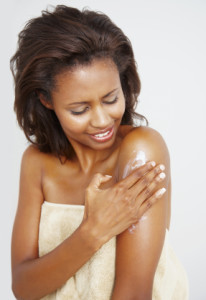
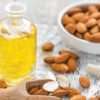
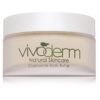 You can find almond oil in many natural skincare products today. Vivoderm uses Almond Oil in most of its natural facial lotions and body creams. The Vivoderm Chamomile Body Butter is a thick, rich all-over skin hydrator, perfect to protect your skin against for the cold, dry weather of winter.
You can find almond oil in many natural skincare products today. Vivoderm uses Almond Oil in most of its natural facial lotions and body creams. The Vivoderm Chamomile Body Butter is a thick, rich all-over skin hydrator, perfect to protect your skin against for the cold, dry weather of winter.
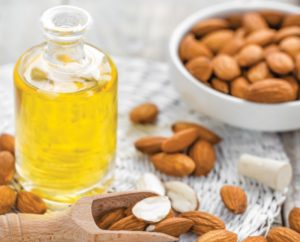
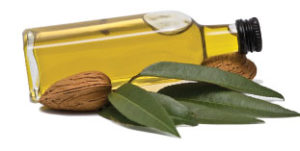
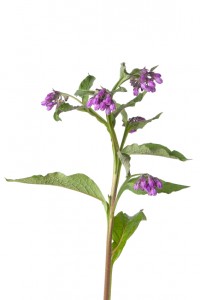
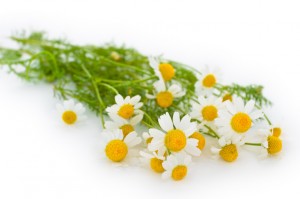
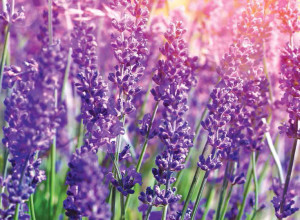
 greater depth. Dr. Jean Valnet used lavender oil to treat serious burns and war injuries when he was a French army surgeon. The medicinal use of lavender, especially in essential oils, continues today with good reason.
greater depth. Dr. Jean Valnet used lavender oil to treat serious burns and war injuries when he was a French army surgeon. The medicinal use of lavender, especially in essential oils, continues today with good reason.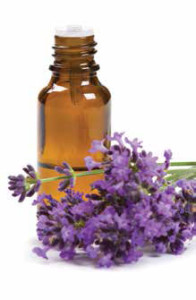
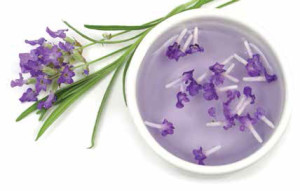 Lavender oil is useful for relieving stress. Stress that becomes counterproductive on a physiological level involves either the sympathetic or parasympathetic nervous system. Sympathetic hyperfunctioning is triggered more by physicalstress while parasympathetic hyperfunctioning is caused more by emotional stress. Lavender oil will inhibit both the sympathetic and parasympathetic nervous system functions. By selectively inhibiting either sympathetic or parasympathetic nervous excess, lavender can assist responses to unproductive stress of any kind.
Lavender oil is useful for relieving stress. Stress that becomes counterproductive on a physiological level involves either the sympathetic or parasympathetic nervous system. Sympathetic hyperfunctioning is triggered more by physicalstress while parasympathetic hyperfunctioning is caused more by emotional stress. Lavender oil will inhibit both the sympathetic and parasympathetic nervous system functions. By selectively inhibiting either sympathetic or parasympathetic nervous excess, lavender can assist responses to unproductive stress of any kind.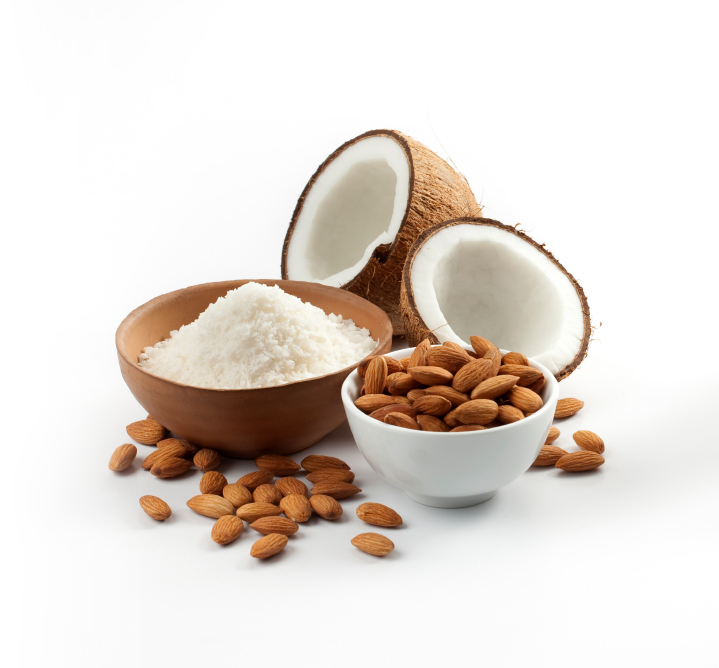
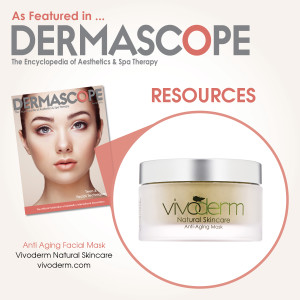 by Rhonda Allison
by Rhonda Allison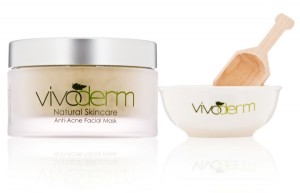
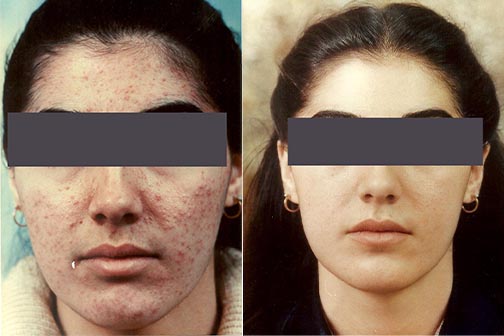 after photos for the actual results. This customizable, herbal mask is completely natural – made of pulverized herbs and lactic acid (from yogurt) – and does not contain any chemicals whatsoever. Once blended and applied, the mask enters the skin pores and unplugs them by clearing out (or pulling) all the impurities as it dries. Moreover, the antiseptic properties of many of the herbs, including Rosemary and Lavender, help in clearing out the bacteria which causes the acne in the first place. Lactic acid helps to reduce dark marks and scars. This acne treatment will remove dead skin cells slowly and produce smooth and blemish free skin with continued use.
after photos for the actual results. This customizable, herbal mask is completely natural – made of pulverized herbs and lactic acid (from yogurt) – and does not contain any chemicals whatsoever. Once blended and applied, the mask enters the skin pores and unplugs them by clearing out (or pulling) all the impurities as it dries. Moreover, the antiseptic properties of many of the herbs, including Rosemary and Lavender, help in clearing out the bacteria which causes the acne in the first place. Lactic acid helps to reduce dark marks and scars. This acne treatment will remove dead skin cells slowly and produce smooth and blemish free skin with continued use.
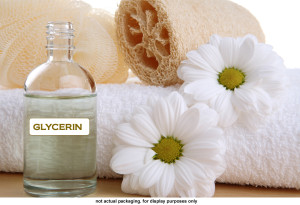 Popularly referred as glycerol, glycerin is an odorless, sweet tasting liquid which is utilized in different beauty and cosmetic products. It is highly popular because of the different advantages that it can offer for natural skin care. It is obtained from a mix of fat that is obtained from water and vegetable oil.
Popularly referred as glycerol, glycerin is an odorless, sweet tasting liquid which is utilized in different beauty and cosmetic products. It is highly popular because of the different advantages that it can offer for natural skin care. It is obtained from a mix of fat that is obtained from water and vegetable oil.